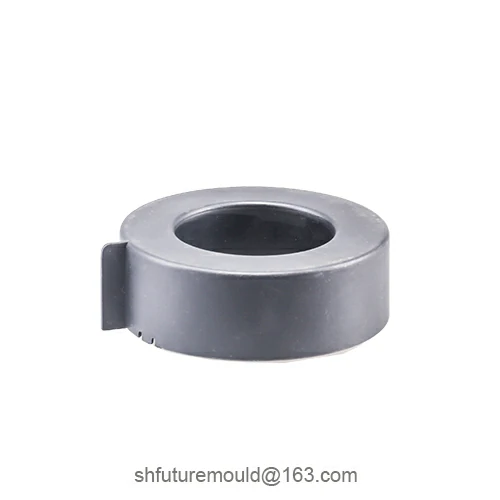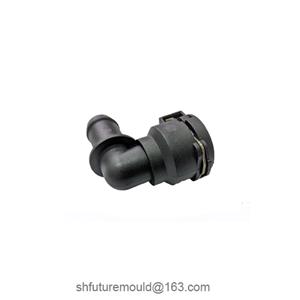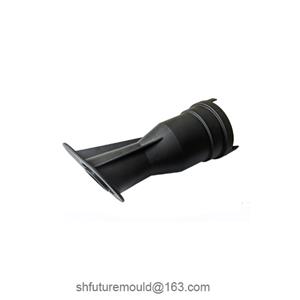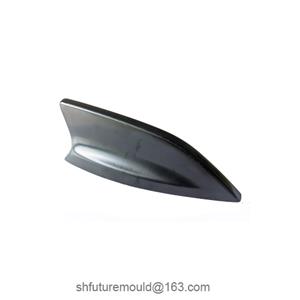Injection Molding of Heat-Sensitive Plastics
Heat-sensitive plastics are highly sensitive to temperature fluctuations. The key challenge in injection molding lies in achieving high-quality molding while preserving material properties.
I. Characteristics and Applications of Heat-Sensitive Plastics
Heat-sensitive plastics refer to materials prone to decomposition, degradation, or property changes during heating. Key characteristics include:
High-Temperature Sensitivity
Excessive heating temperatures or rapid temperature rises may break molecular chains, degrading physical properties.
Pronounced Flow Behavior Variations
Melt viscosity fluctuates significantly with temperature changes, requiring precise temperature control to maintain stable flow behavior.
Risk of Thermal Degradation
Some heat-sensitive plastics generate degradation byproducts during processing, affecting product appearance and mechanical performance.
Applications:
These plastics are widely used in high-performance products such as electronic components, medical devices, precision instruments, and seals.
II. Technical Requirements and Process Design
Injection molding processes for heat-sensitive plastics demand special considerations:
Temperature Control System
Equipment must feature high-precision temperature control to stabilize heating and cooling. Multi-zone temperature control prevents localized overheating and decomposition.
Screw Design and Melt Homogenization
Screws should adopt low-shear designs to minimize frictional heat. The melting and homogenization zone must ensure thorough mixing without excessive shear-induced degradation.
Optimization of Injection Speed and Pressure
Balance injection speed and pressure to rapidly fill cavities without localized temperature spikes. Proper parameter settings reduce decomposition risks.
Mold Temperature and Cooling Design
Uniform mold temperatures are critical for solidification and flow consistency. Optimized cooling systems enhance surface finish and dimensional accuracy.
III. Fine-Tuning of Process Parameters
Precise parameter adjustments are essential for heat-sensitive plastics:
Heating Zone Temperatures
Set segmented temperature gradients based on material properties to maintain optimal melt states at each stage.
Injection Speed
Control speed to avoid shear-induced temperature fluctuations and ensure balanced pressure in runners, preventing short shots or overfilling.
Holding Pressure and Cooling Time
Extend holding and cooling times appropriately to minimize stress concentration and internal stress buildup, improving product stability.
- Injection Mold
- Automotive Injection Mold
- Electronics & Electrical Injection Mold
- Consumer Goods Injection Mold
- Airplane Components Injection Mold
- Medical Components Injection Mold
- Irrigation Components Injection Mold
- Injection Molds




